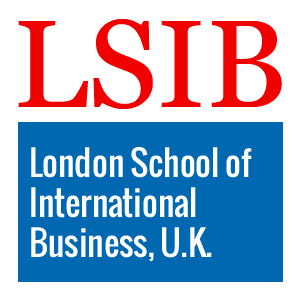Executive Certificate in Sports Photography Composition and Lighting
Published on June 23, 2025
About this Podcast
HOST: Welcome to our podcast, where we discuss exciting courses and their real-world impact. I'm thrilled to have [Guest's Name] here today, an expert in sports photography and instructor of the Executive Certificate in Sports Photography Composition and Lighting. Can you tell us a bit about your background and how you got into this field? GUEST: Thanks for having me! I started as a photojournalist, covering various sports events. Over time, I developed a passion for capturing the energy and emotion of sports through creative composition and lighting. HOST: That's fantastic. Now, let's talk about the course. It focuses on composition techniques and lighting strategies. How important are these skills in sports photography, and can you share any examples of how they can significantly impact an image? GUEST: Composition and lighting are crucial. By mastering composition, you can guide the viewer's eye to the most critical elements of a scene, creating a more engaging image. As for lighting, it sets the mood and can dramatically change how a viewer perceives the action. HOST: I see. Now, as an expert in this area, what current industry trends do you think aspiring photographers should be aware of? GUEST: One trend is the increasing use of technology, like drones and remote cameras, to capture unique angles. Also, the growth of social media and digital platforms requires photographers to develop storytelling skills alongside technical expertise. HOST: Those are exciting developments. Now, every field has its challenges. What do you think are the most significant hurdles for those learning sports photography, and how does your course address them? GUEST: Capturing the right moment at the right time can be challenging. We emphasize practice, review, and feedback to help students develop their timing and anticipation. Additionally, understanding lighting in various sports venues can be tricky, so we provide real-world examples and hands-on exercises. HOST: That sounds like a comprehensive approach. Lastly, where do you see the future of sports photography, and how can this course prepare students for what's to come? GUEST: The future of sports photography is bright, with opportunities in virtual reality, augmented reality, and other emerging technologies. Our course equips students with a strong foundation in the fundamental skills needed to adapt and excel in these new mediums. HOST: Thank you for sharing your insights and experiences with us today. We're confident that this course will help aspiring photographers unlock their potential and elevate their skills in sports photography composition and lighting. GUEST: My pleasure! Thanks for having me, and I look forward to seeing the amazing work that your listeners will create.
